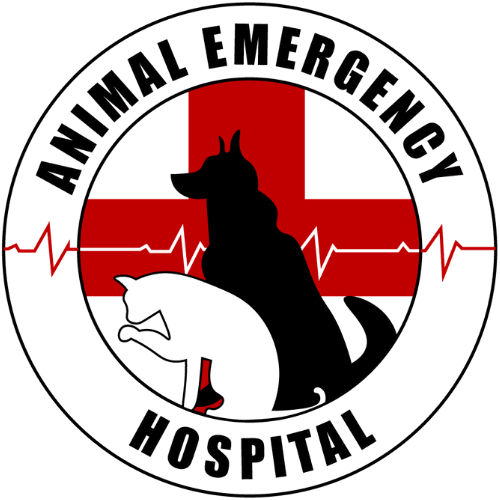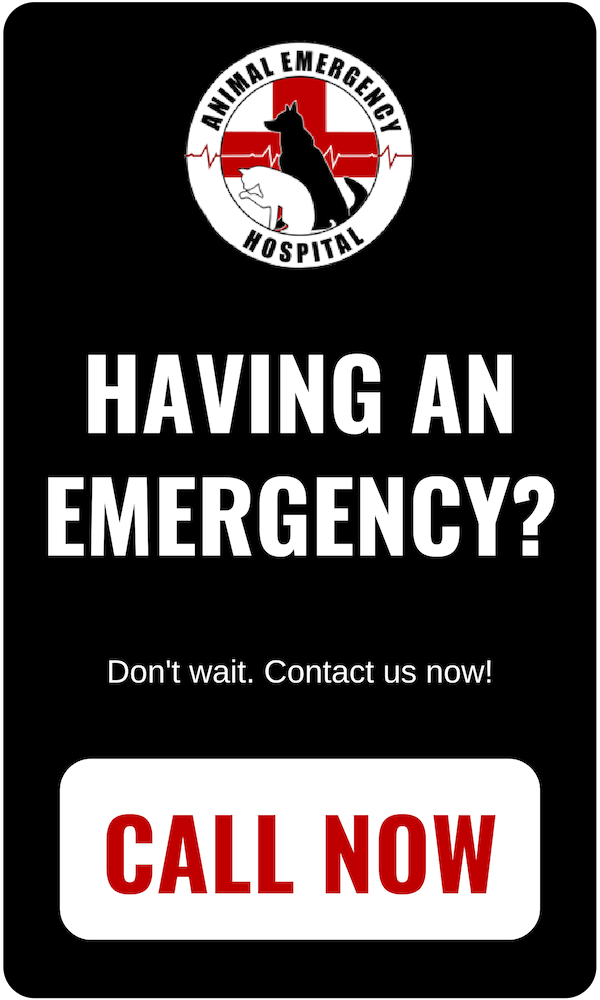Ensuring Dog Park Safety: 4 Essential Tips for a Secure Outing
The dog park can pose risks if you’re unprepared, so when you and your furry friend venture into an off-leash play area, it’s crucial to prioritize safety. Follow these tips to keep your dog safe and sound during your park visits.
Tip #1: Safeguard your dog against infectious diseases
Reputable dog parks typically require proof of vaccination, so it’s important to ensure your dog is up to date. Essential vaccinations include rabies, distemper, parvovirus, and bordetella. Depending on the park and region, vaccinations for canine influenza, parainfluenza, and leptospirosis may also be recommended or required. Make sure your pup has received the necessary vaccinations before heading to the park.
Tip #2: Choose off-peak times for park visits
Dog parks are often most crowded right after working hours, with enthusiastic dogs eager to release their pent-up energy. However, a high energy level can lead to improper canine etiquette, potentially resulting in conflicts or bullying situations. Opt for visiting the park during off-peak times to give your dog a chance to exercise without being pursued by a pack of dogs while chasing a ball.
Tip #3: Enhance identification measures
While the chances of your dog slipping out of the double gate at the park entrance are low, accidents can happen. To ensure a happy reunion in case of an unexpected escape, provide your dog with multiple identification forms. These may include collar ID tags, a collar embroidered with your phone number, and a microchip for added security.
Tip #4: Stay alert for warning signs
Dog parks are not ideal places for teaching socialization skills, so be vigilant for any inappropriate behaviors or signs of discomfort in your dog. Stress, anxiety, and fear can manifest in various ways, such as running away, a tucked tail, freezing, excessive drooling, disproportionate panting, trembling, cowering, clingy behavior, lip licking, whale eye, raised hair, reactivity, or aggression (such as barking, growling, or nipping). If you notice any signs of unease from your dog, it’s best to leave the park promptly before the situation escalates.
Remember, off-leash dog parks may not suit every dog’s preferences. Some dogs prefer one-on-one socialization or exploring independently rather than being in a large pack. Regardless of your dog’s socialization preferences, prioritize their well-being by ensuring regular preventive care to protect them from infectious diseases and parasites.


